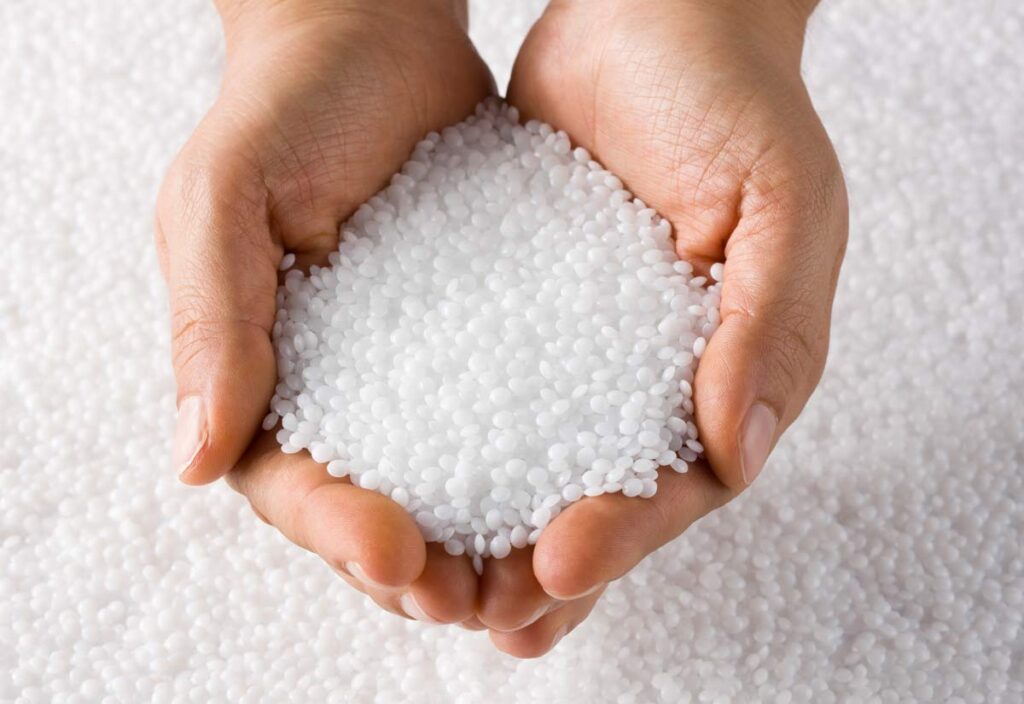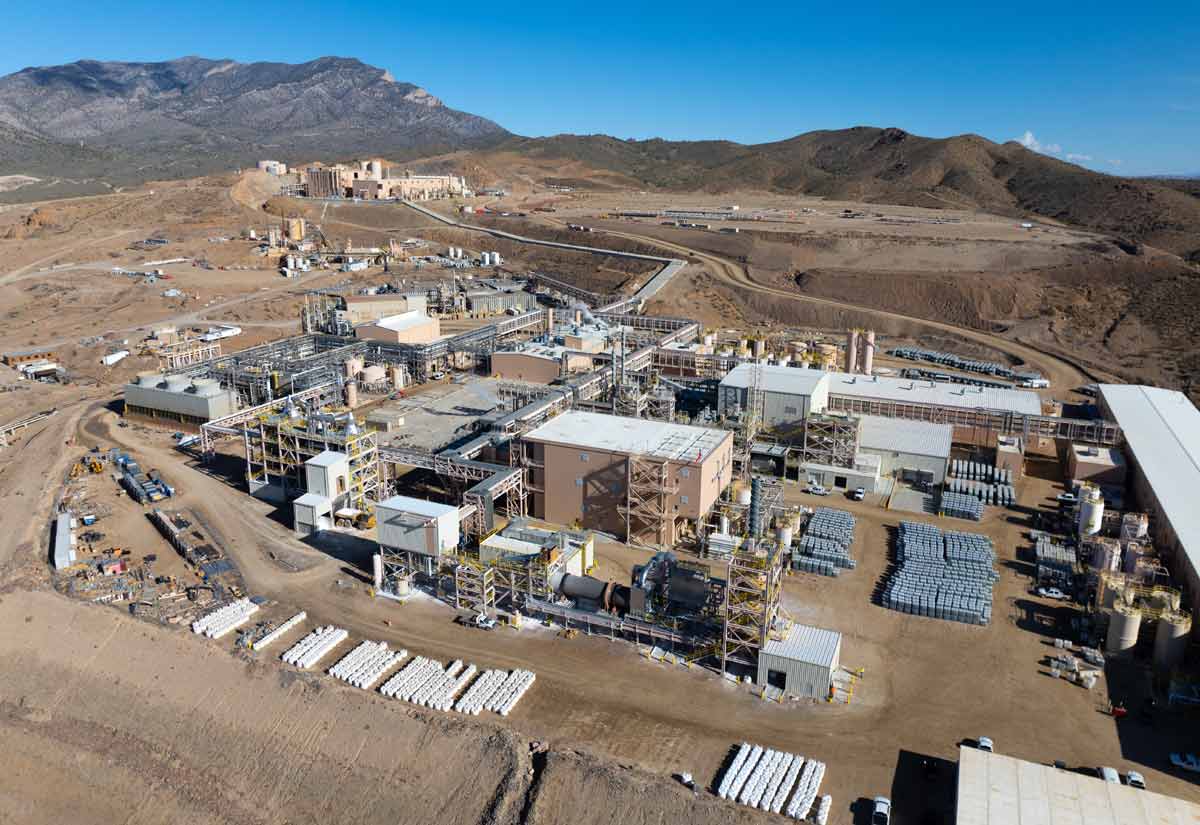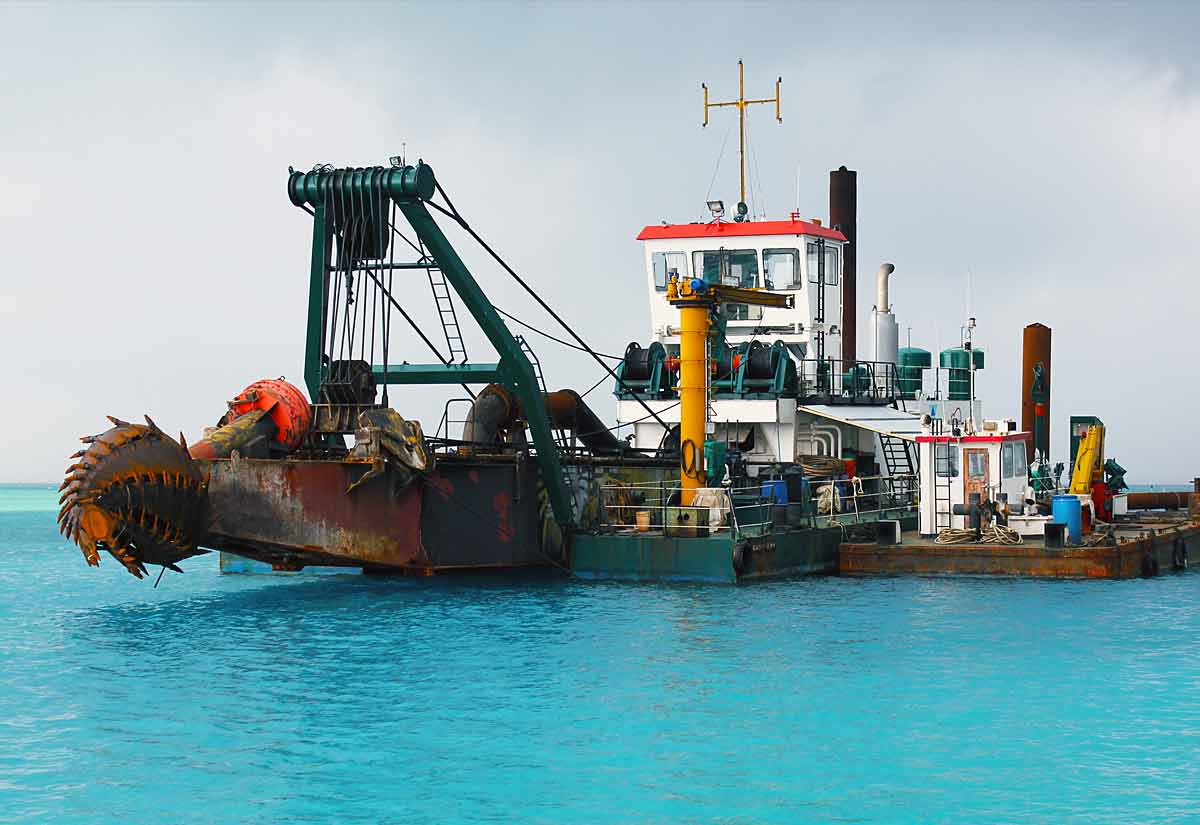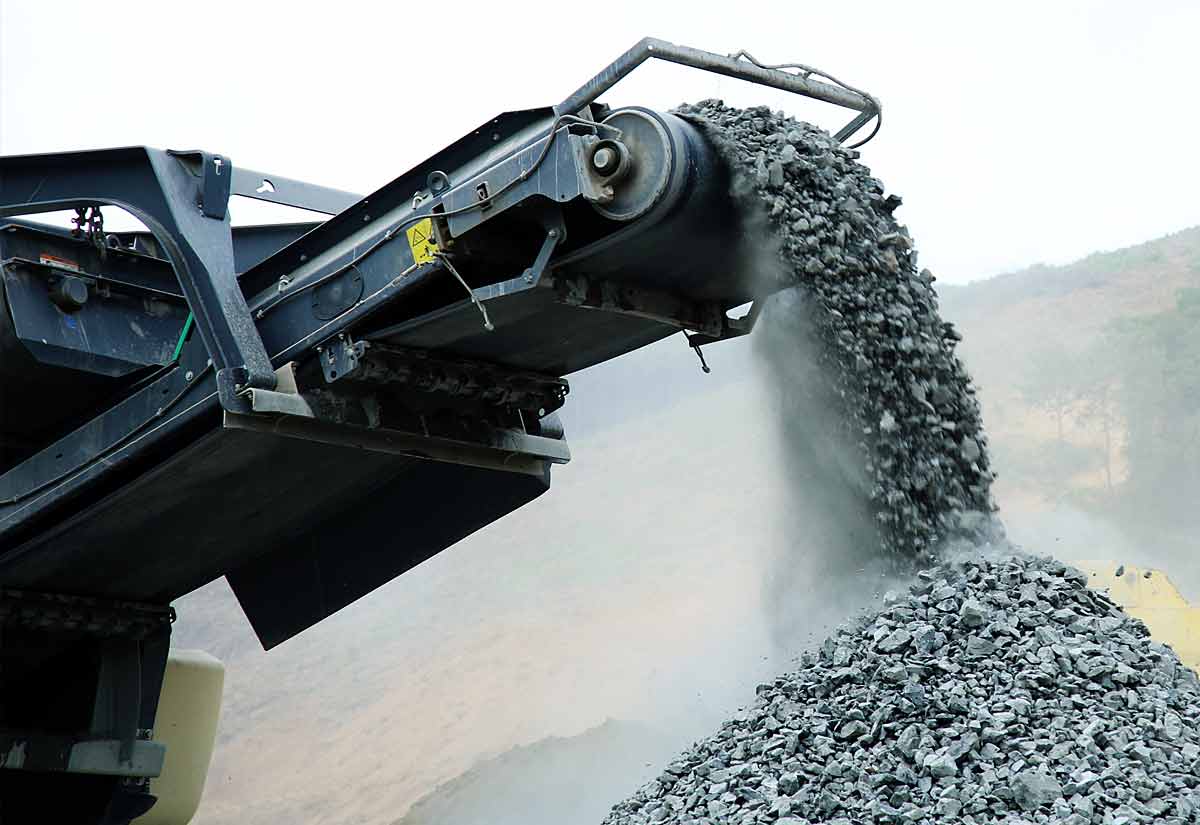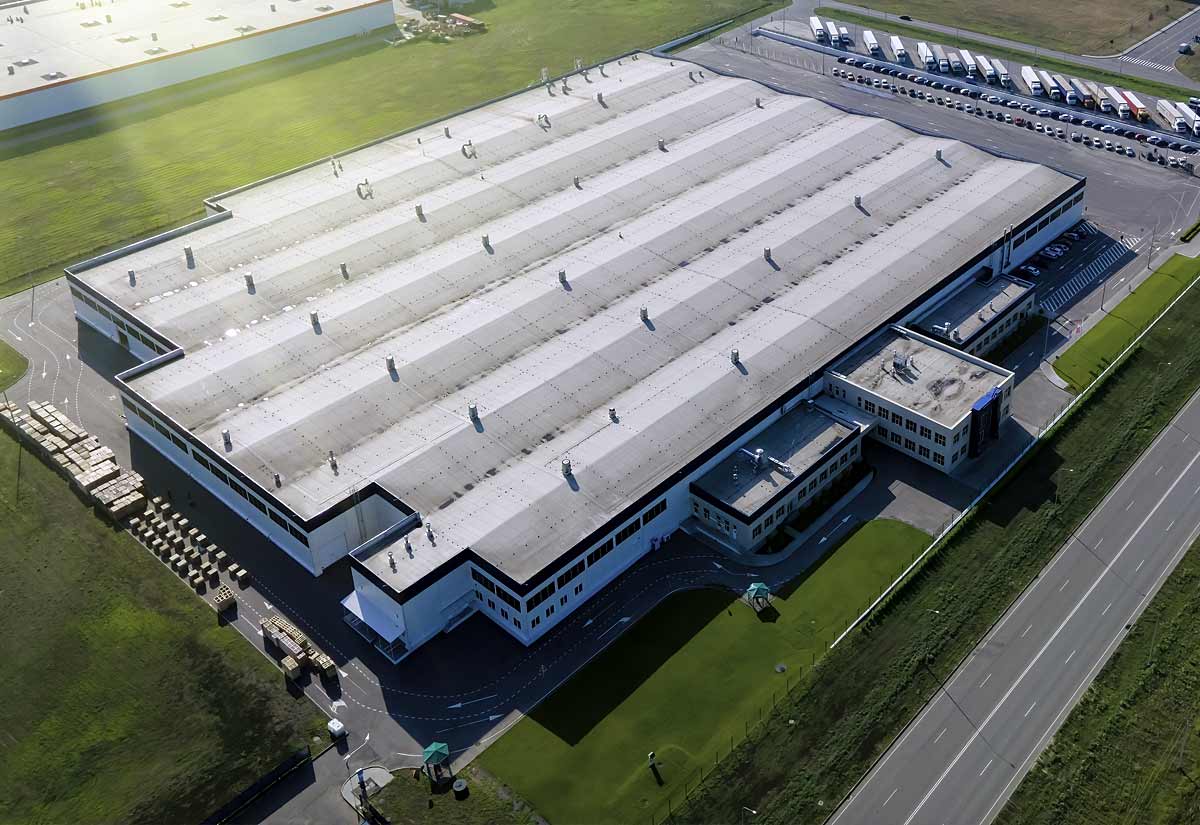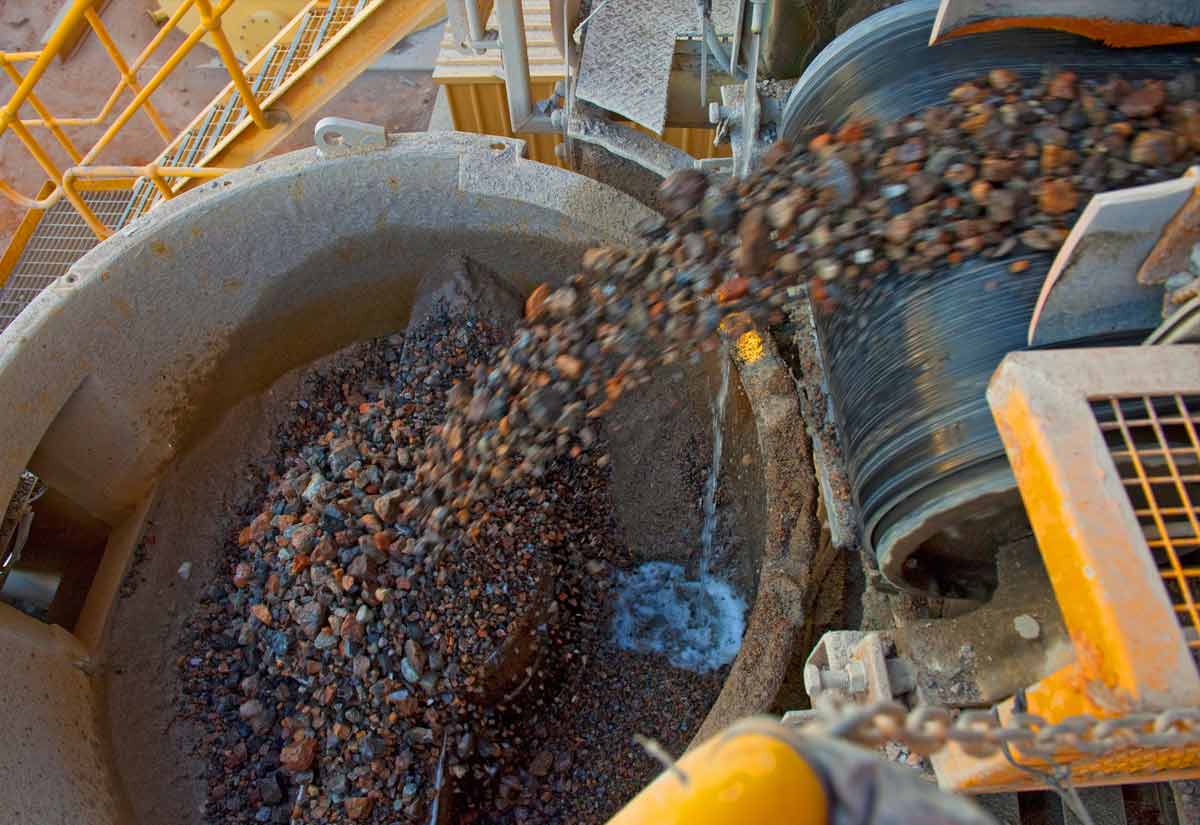Industry Watch 2021 at Resource Erectors
From paving companies, to painters, to civil construction contractors, to electronics manufacturers, and even to the average American consumer, the ongoing resin shortage (and 251 other materials) in the US is causing repercussions across the board.
As we move into the final quarter of 2021 the US, the world, and industry, in general, are all still dealing with the unanticipated consequences of the “perfect storm” of logistical and labor challenges that turned the robust economy of 2019 on its head. Nearly two years later now, manufacturers and construction contractors alike are still dealing with the disruptive legacy of 2020.
Lingering Effects of the Perfect Storm in 2020
The notorious supply chain disruptions caused by what many are now seeing with “2020 hindsight” as overreaching draconian worldwide lockdowns due to the pandemic are just one element of that perfect storm.
Despite the SARS-CoV-2 virus’s documented 99% recovery rate, covid panic ran full steam over civil construction schedules and global manufacturing production quotas with “stay-at-home” orders and exorbitant unemployment handouts that added to labor shortages.
Critical labor shortages have been ongoing since long before the pandemic wrecking ball. The crisis has been questionably spun by the current White House as “times of rapid transition for the US economy”.
As if the pandemic wasn’t enough, Mother Nature chose 2020 to unleash her wrath on an already covid- burdened economy. 2020 saw record numbers of named storms including 12 that made landfall along the Gulf Coast, with 2 hurricanes making landfall at Category 4 strength in Louisiana and Texas.
Winter brought no relief for Texas. Snow, ice, and freezing temperatures caused a rash of power outages and production shutdowns across the country when Winter Storm Uri struck in February.
Then of course there is the human factor to consider.
Human-Caused Supply Chain Disruptions
Power outages and production shortfalls are the most obvious contributors to record-breaking supply chain disruptions but the skilled labor shortage is having quite a negative impact as well. According to an August 12, 2021 article at Supply Chain Management Review factory fires are up 150% in 2021 as compared to the first half of 2020. Patrick Burnson, Executive Editor writes;
“According to data released by Resilinc, a global leader in the supply chain risk monitoring space, human-caused supply chain disruptions are rising overall, with the amount of factory fires up 150%. This year is on track to have the most factory fires ever reported. The uptick is due mostly to gaps in regulatory and process execution as well as a shortage of skilled labor in warehouses.”
Resilinc accumulated a vast database from more than 300,000 suppliers covering 620,000 sites and 3 million parts and supplies purchased regularly by their customers. According to Resilinc, life sciences, healthcare, and automotive are the three industries most affected by the 5 top ranking human-caused disruptions including:
- Factory Fires
- Mergers & Acquisitions
- Business Sales
- Factory Disruptions
- Leadership Transitions
Supply shortages ranked number 6, with Resilinc issuing an astounding 251 supply shortage alerts in the first half of 2021 for essential production materials including cardboard, plastics, and semiconductor chips. That represents a 638% increase in material shortages, and North America leads the world in disruptive events occurring at 46.5%, followed by Europe at 23.43%, with Asia coming in third at 19.45%.
Ironically, human health disruptions (including Covid 19 events) ranked just 19th, but that didn’t stop the supply chain watchdog firm from labeling it as a “severe” event for the first time in the company’s history.
Now we’ll take a deeper dive into just one of those 251 material shortages, one that affects industries of all stripes and colors, not to mention the construction sector.
Contractors and Manufacturers Struggle to Earn Their Stripes in the 2021 Resin Shortage
As construction contractors struggle to catch up on massive backlogs still on the books from the perfect storm of industrial challenges in 2020, the battle continues to be “uphill”, as writer Dormie Roberts put in a July 2021 article at ForConstructionPros.com.
In the US, a nationwide resin shortage is putting a severe pinch on paint supplies. In the south, especially Texas, manufacturing plants for this essential ingredient in paint are still recovering from staffing problems since production facilities, shipping ports, and global supply chain logistics all suffered through the severe 2020 slowdown.
Staffing shortages became the norm whenever employees were symptomatic. As a result, resins were already in tight supply as we rolled into 2021. By July, the situation hadn’t improved much, and of course, when production decreases combined with record pent-up demand prices skyrocketed accordingly.
Nick Howell, owner of T&N Asphalt Services in Utah told ForConstructionPros that he saw a 37% increase on his most recent order over the last order from the same supplier. Now the paving contractor and many others are scouring the markets for paint, and job costing at higher material prices may force a “lean and mean” ½ crew approach.
Howell says his company is booked for the season, but the labor shortage is just as serious as the resin shortage. The contractor summed up the problem faced by industries across the board when he said, “If we could bring on more people, then we can open up more space for more jobs.”
To paraphrase Grouch Marx, you and 20 million other companies, Nick.
But striping to the last drop in the paving industry is just one example of sectors affected by the nationwide resin shortage. According to weekly resin reports at Plastics Today, as far back as March of 2021;
“Prices continued to climb, sometimes twice per day, and by the end of the week, average spot polyethylene prices had tacked on $0.10/lb, while polypropylene shot up another $0.12/lb.”
Gardner Intelligence chief economist Michael Guckes reports that shortages in epoxy, polyester, and vinyl ester resin supply chain difficulties continue to restrict production, “which, in the face of strong demand, has caused a meteoric rise in backlog activity.”
That means that manufacturers of printed circuit boards, copper-clad laminates, computer chips clad in epoxy resin, and a host of molded plastic consumer and commercial construction material products are all looking at exorbitant cost increases and production declines. The situation for the global semiconductor industry was hardly improved when the resin plant in Japan that produces 60% of the world’s supply exploded last July 3, 2021.
About Resource Erectors
When it’s time for your company to weather the storm and go “lean and mean” to remain competitive in today’s turbulent industrial environment it’s time for Resource Erectors. We don’t have a stash of resin or paint on hand but when it comes to recruiting the all-important human resources you need for your dream team, Resource Erectors can help you avoid the high cost of vacancies in your organization.
Over 85% of meticulously matched Resource Erectors candidates are still contributing to the success of their heavy industry companies 5 years after placement.
If you’re a highly qualified professional in engineering, mining, tunneling, aggregates, concrete, civil construction, construction materials, manufacturing and more your talents are in demand more than ever. When you’re ready to make a strategic move up the career ladder don’t hesitate to contact Resource Erectors today.
